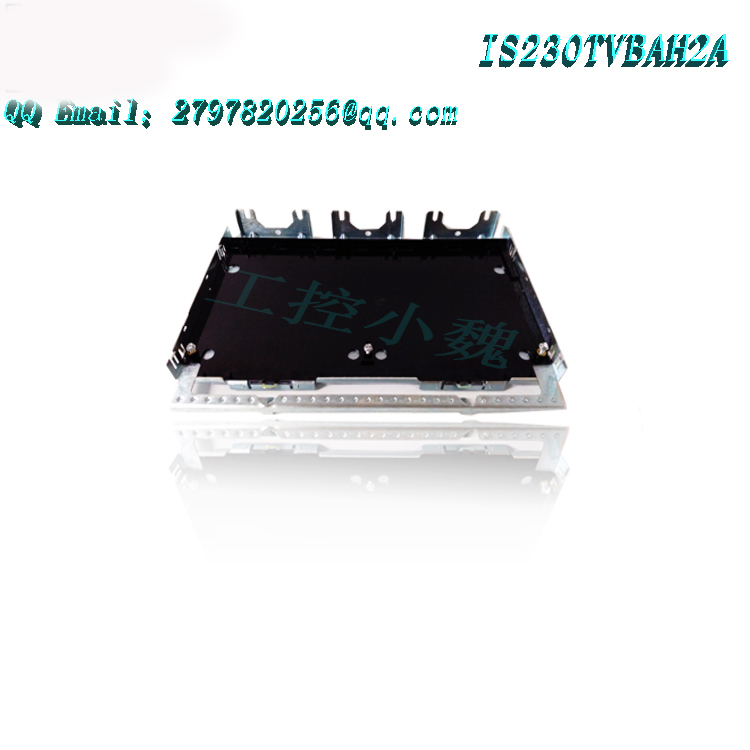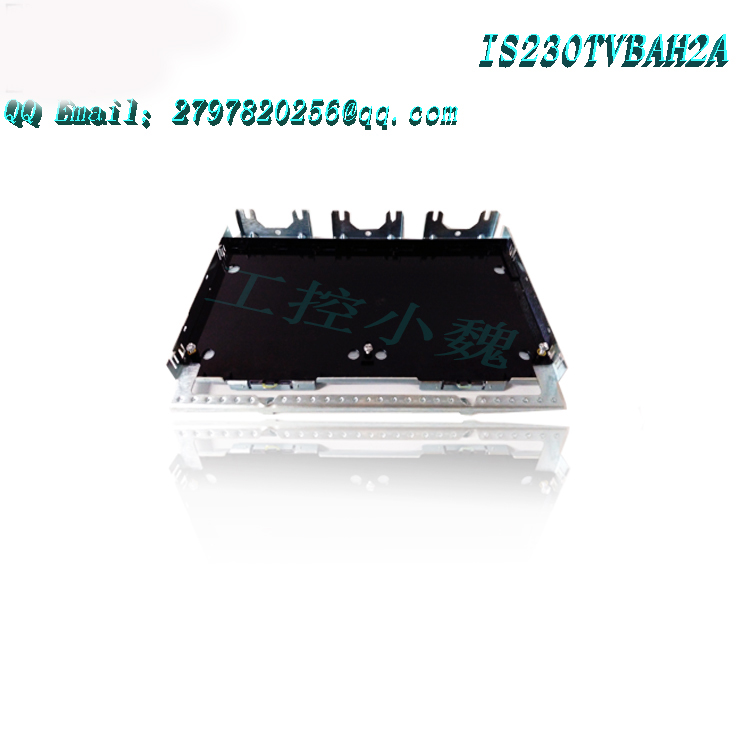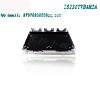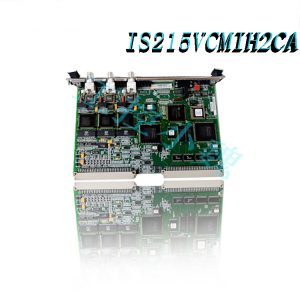Description
IS230PCAAH1A – Core simulation module in stock, shipped on the same day.
IS230PCAAH1A – The core simulation module is in an unused and rebuilt state.
To receive the best discount on IS230PCAAH1A – Core Analog Module, please contact us and we will reply to you within 24 hours.
IS230PCAAH1A is a core simulation module designed specifically for the Mark VIe system. It was developed by General Electric. Most of the analog signal I/O required for operating a gas turbine is provided by the core analog (PCAA) module and related core analog (TCAS and TCAT) terminal boards. Thermocouple input, 4-20 mA current loop I/O, seismic input, linear variable differential transformer (LVDT) excitation and input, pulse rate input, and servo coil output are all provided by PCAA and TCAT.
The IS230PCAAH1A core simulation module is a key component of the system platform and plays an important role in different fields.
In the technical field related to gas turbines, core simulation modules (such as PCAA modules and related core simulation TCAS and TCAT terminal boards) are responsible for providing most of the analog signal I/O required for gas turbine operation. These modules are capable of handling thermocouple inputs, 4-20 mA current loop I/O, seismic inputs, linear variable differential transformer (LVDT) excitation and inputs, pulse rate inputs, and servo coil outputs. They are suitable for simplex, dual, and TMR systems and include shared processor boards, application I/O boards, and terminal boards. This module design makes it the least replaceable unit and does not provide separate board level diagnostic or replacement functions.
In a broader system platform architecture, the core simulation module may be responsible for loading and running decentralized computing applications. Users can configure the characteristics of edge data centers and application services through files, and the system platform starts corresponding modules based on these configurations to complete simulation experiments or other tasks.
Function Description
This module is suitable for simplex, duplex, and TMR systems. A single TCAT terminal board distributes signal inputs to one, two, or three PCAA modules.
The shielding grounding of adjacent JGPA boards and the 24V field power supply terminals have been supplemented with terminals on PCAA and TCAT. The module includes a processor board shared by all Mark VIe distributed I/O boards, two application I/O boards, and a terminal board.
The entire module is considered the least replaceable unit and does not provide any assistance in diagnosing or replacing the various boards that make up the module.
This module is powered by a 28 V DC power connector and two RJ45 Ethernet connectors. At the edge of the module, 120 European style box terminals provide on-site device I/O. Power the JGPA board through connector P4. This module is connected to TCAT through two 68 pin cables on connectors P1 and P2.
The PCAA signal is divided into two groups. The TCAT terminal board routes signal inputs, which can be fan-shaped from a single input to a single, dual, or TMR PCAA module. Signal connection dedicated to a single PCAA module to terminals. If fan-shaped input is not required, PCAA can be used without TCAT.
IS230PCAAH1A installation
Firmly secure the PCAA module.
Connect the JGPA power supply to the P4 connector of PCAA.
Connect the PCAA module to the optional associated TCAT terminal board using two 68 pin cables on connectors P1 and P2. Network connection to TCAT connector. PR1 and PR2 are connected to the R controller network, PS1 and PS2 are connected to the S controller network, and PT1 and PT2 are connected to the T controller network. To ensure proper grounding of the cable, please fully secure the cable mounting screws to PCAA and TCAT (tighten by hand only). Failure to secure the cable may prevent the module from reading the electronic ID on the TCAT and may lower the quality of other signals.-1.jpg)
According to the system configuration, connect one or two Ethernet cables. When using only one INet connection, the module can be used on any port. When using dual connections, the usual practice is to connect ENET1 to the network associated with the R controller. On the other hand, PCAA does not care about Ethernet connections and will negotiate the correct operation on any port. If there is a TMR module, the network connection should correspond to the TCAT connection. For example, PCAA modules with R IONet connections should have cables connected to TCAT PR1 and PR2 connectors.
Check if the JGPA shielding wire terminals are properly grounded. In most cases, the JGPA shielded grounding terminal is electrically connected to the metal plate where the circuit board is installed. Then install the component as the grounding path for the terminal. In some applications, it is necessary to define a shielding grounding independent of the installation metal plate. JGPA uses hardware that isolates circuit boards from metal plates for installation in these applications. In these applications, it is crucial to provide a suitable grounding wire between one or more JGPA terminals and the required shielding ground potential.
Connect the module to the power supply through the P5 connector and check the power and Ethernet status indicator lights.
If necessary, use the ToolboxST application to configure I/O packages.
Wiring
The PCAA module has 120 European style plug-in box terminals. The JGPA board installed next to the module provides 48 shielded termination points (green) and 12 24V DC output terminals (orange) for 4-20 mA transmitters using European style box terminals.
Processor characteristics
Two completely independent 10/100 Ethernet ports with connectors
Hardware watchdog timer and reset circuit
Internal temperature sensor
Status indicator LED
Electronic ID and the ability to read IDs from other boards
Soft start/current limiter on the input power connector
Local power supply, including sorting and monitoring
Energy management
The 28 V input circuit includes power management. The management function provides soft start to control current surges during power application.
After power on, the circuit implements a fast current limiting function to prevent power interference in the module from spreading back to the 28 V power system.
When the power is turned on and running normally, the green PWR indicator light will light up. If the current limiting function is enabled, the indicator light will light up until the problem is resolved.-1.jpg)
Frequently asked questions
What is IS230PCAAH1A?
It is a core simulation module designed specifically for the Mark VIe system.
What is the power input voltage of the component?
The power input voltage of this component is 28V.
What is the operating temperature of the module?
The working temperature range is -30 to 65 degrees Celsius.
All products on this website are special products, and market prices have been fluctuating,
The specific customer service quotation shall prevail, as the product is a new product and the price is not genuine,
Please confirm the model, product, price, and other detailed information with customer service before placing an order. The website has been used,
The new one is for sale, please contact customer service to communicate.
Model recommendation:
IS220YDIAS1B
IS220YDIAS1A
IS220PTURH1A
IS220PTCCH1A
IS220YAICS1AJA0C2S7
IS220YDIAS1AJA4F19X
IS220YDOAS1AJA1C10P
IS220PAICH1A 336A4940CSP3
IS220PAICH2A 336A4940CSP11
IS220PAOCH1A 363A4940CSP5
More……


.jpg)

.jpg)
-100x100.jpg)

-100x100.jpg)

-300x300.jpg)
Reviews
There are no reviews yet.